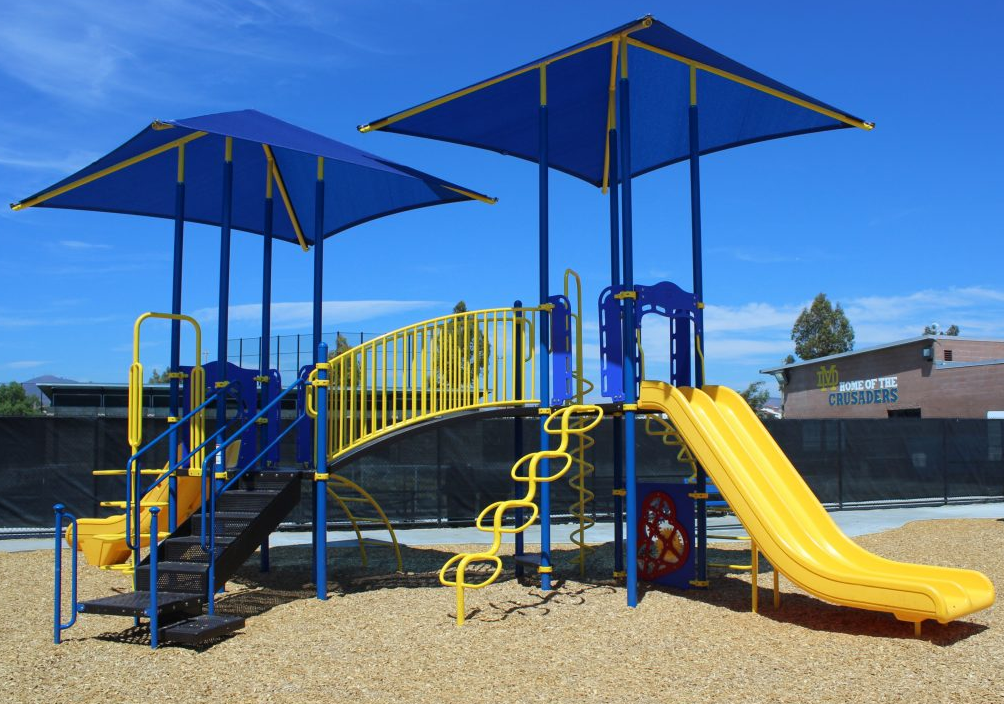Enhances Physical Health
Natural playground landscapes, designed to integrate seamlessly with the environment, offer a myriad of benefits that enhance children's physical health. Traditional playgrounds often feature equipment like slides and swings, but natural landscapes take a more holistic approach, incorporating elements like boulders, trees, and water features. These settings not only encourage active play but also challenge children's physical abilities. Studies indicate that children playing in natural playgrounds engage in 15-20% more physical activity compared to those in traditional playground settings. This increased activity helps combat childhood obesity, which is a growing concern globally.
Boosts Cognitive and Emotional Development
The cognitive benefits of a natural playground landscape are profound. Interacting with a diverse range of elements in a natural setting stimulates children's sensory skills. For example, the varied textures and structures help develop problem-solving skills and creativity. A 2018 study from the University of Colorado showed that children who regularly play in natural settings have better concentration and cognitive outcomes than those who play in more structured, man-made playgrounds. Furthermore, the calming effect of nature reduces stress levels in children, evidenced by reduced cortisol levels—a stress hormone.
Encourages Social Interaction
Social interaction is significantly enhanced in natural playgrounds. The unstructured nature of these play areas allows children to form and follow their own rules, negotiate, and collaborate. This kind of play is less prescriptive than what's found in traditional playgrounds, which often directs play in a more structured manner through specific equipment. A research conducted in 2020 revealed that children in natural playgrounds are three times more likely to engage in cooperative play than in traditional playground settings, promoting social skills and empathy among young participants.

Promotes Environmental Stewardship
Exposure to natural playgrounds instills a sense of environmental stewardship in children. Regular interactions with the natural world make children more aware and appreciative of their surroundings, fostering a lasting respect for nature. Educational programs integrated into these playgrounds can further enhance this understanding by teaching children about flora, fauna, and the ecosystem. This early education on environmental conservation can inspire future generations to prioritize sustainability.
Sustainable and Cost-Effective
From a practical standpoint, natural playgrounds are both sustainable and cost-effective. They utilize locally sourced materials, which reduces transportation costs and the carbon footprint associated with traditional playground construction. Additionally, these playgrounds require less maintenance than their conventional counterparts, as they use natural elements that are inherently durable and adapt to their environments. According to a 2019 municipal report, the upkeep of a natural playground can be up to 30% cheaper than that of a traditional playground over a five-year period.
Natural playground landscapes are not just playgrounds; they are dynamic environments that foster health, intelligence, cooperation, and respect for nature. By choosing to invest in a playground landscape, communities are not only providing fun and engaging spaces for children but are also contributing to the holistic development of the next generation. As more research highlights the benefits of these natural settings, it is clear that the move towards natural playgrounds is not just a trend but a profound shift in how we value childhood development and environmental sustainability.